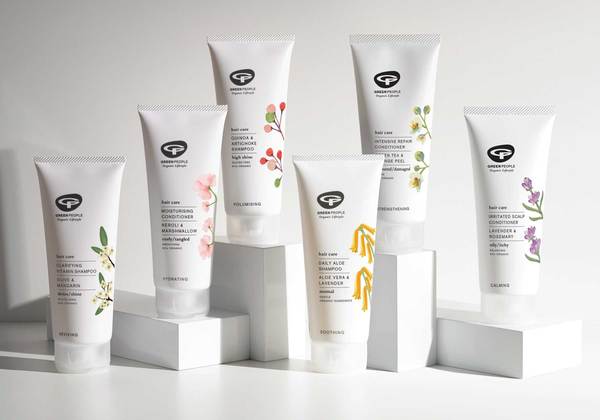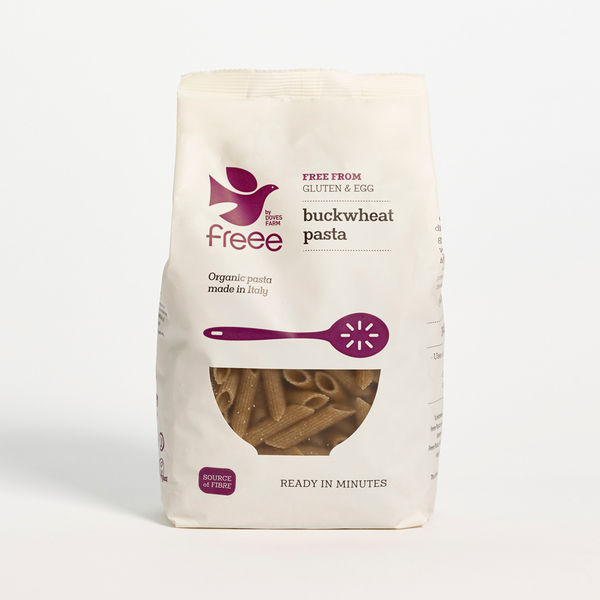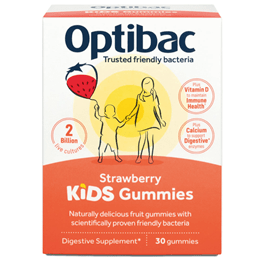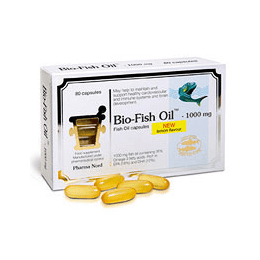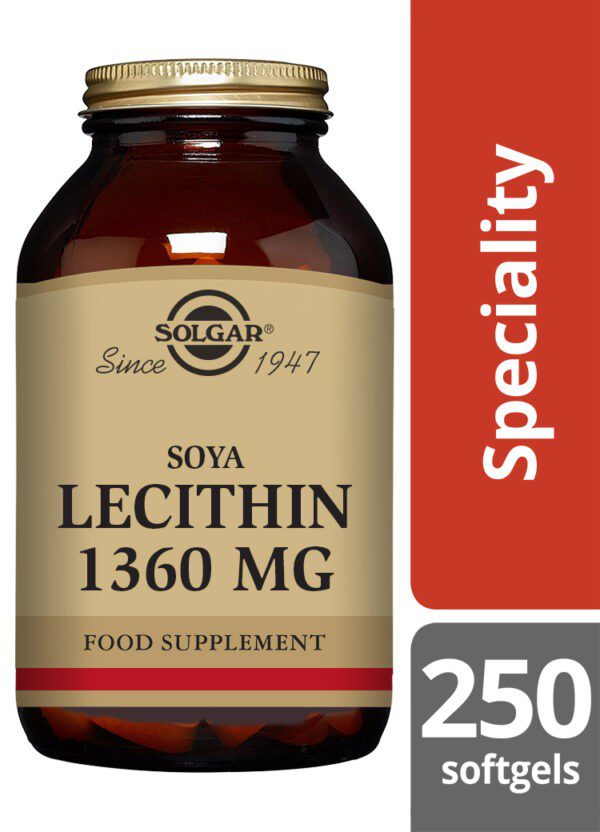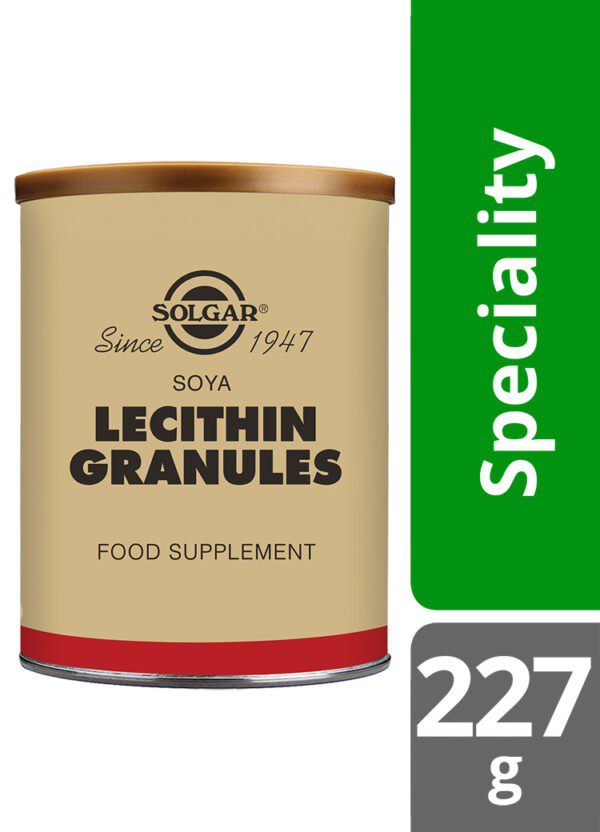Lecithin (UK: /ˈlÉ›sɪθɪn/, US: /ˈlÉ›səθɪn/, from the Greek lekithos, “egg yolk”) is a generic term to designate any group of yellow-brownish fatty substances occurring in animal and plant tissues, which are amphiphilic – they attract both water and fatty substances (and so are both hydrophilic and lipophilic), and are used for smoothing food textures, dissolving powders (emulsifying), homogenizing liquid mixtures, and repelling sticking materials.[1][2]
Lecithins are mixtures of glycerophospholipids including phosphatidylcholine, phosphatidylethanolamine, phosphatidylinositol, phosphatidylserine, and phosphatidic acid.[3]
Lecithin was first isolated in 1845 by the French chemist and pharmacist Theodore Gobley.[4] In 1850, he named the phosphatidylcholine lécithine.[5] Gobley originally isolated lecithin from egg yolk—λÎκιθος lekithos is “egg yolk” in Ancient Greek—and established the complete chemical formula of phosphatidylcholine in 1874;[6] in between, he had demonstrated the presence of lecithin in a variety of biological matters, including venous blood, in human lungs, bile, human brain tissue, fish eggs, fish roe, and chicken and sheep brain.
Lecithin can easily be extracted chemically using solvents such as hexane, ethanol, acetone, petroleum ether, benzene, etc., or extraction can be done mechanically. It is usually available from sources such as soybeans, eggs, milk, marine sources, rapeseed, cottonseed, and sunflower. It has low solubility in water, but is an excellent emulsifier. In aqueous solution, its phospholipids can form either liposomes, bilayer sheets, micelles, or lamellar structures, depending on hydration and temperature. This results in a type of surfactant that usually is classified as amphipathic. Lecithin is sold as a food additive and dietary supplement. In cooking, it is sometimes used as an emulsifier and to prevent sticking, for example in nonstick cooking spray.


